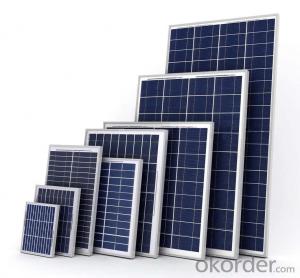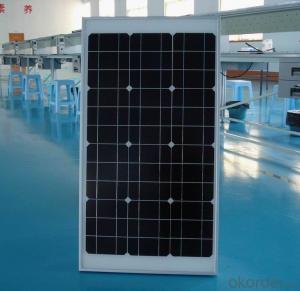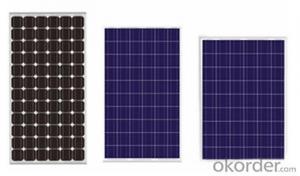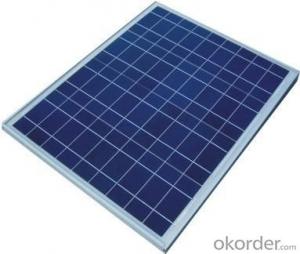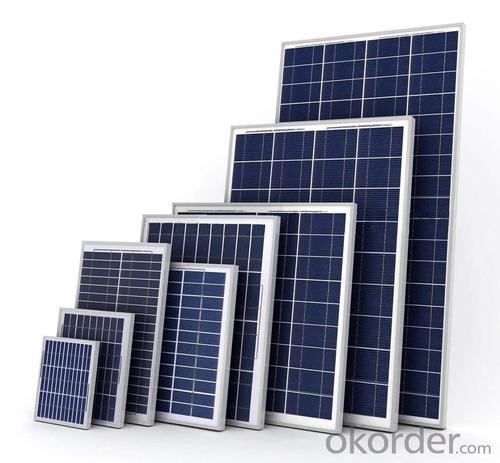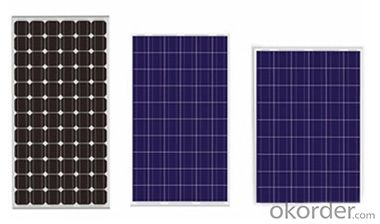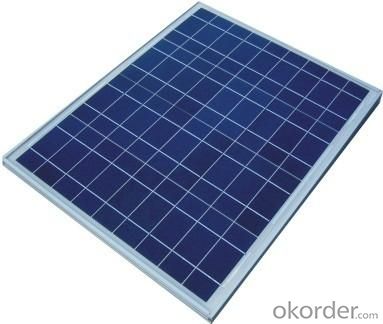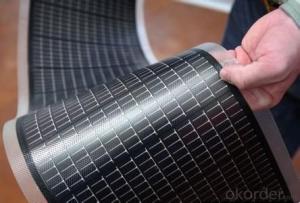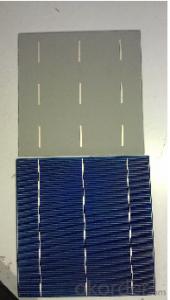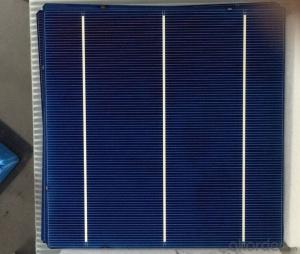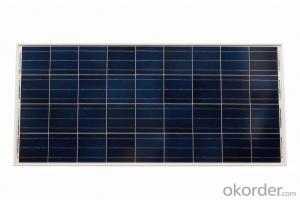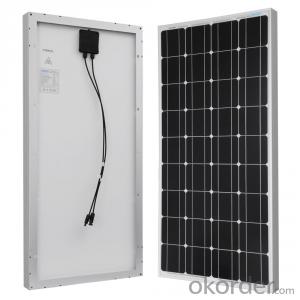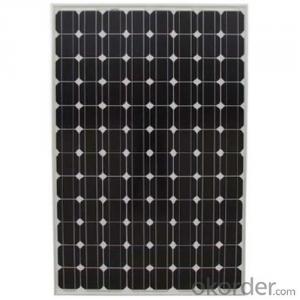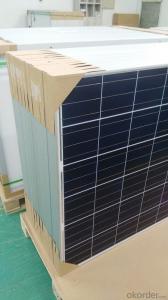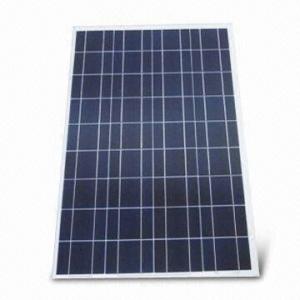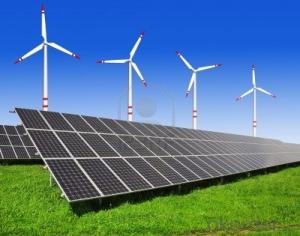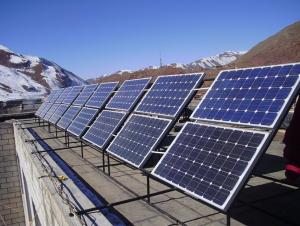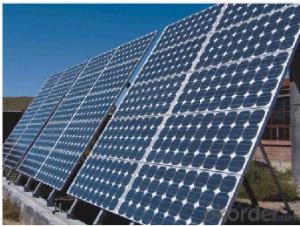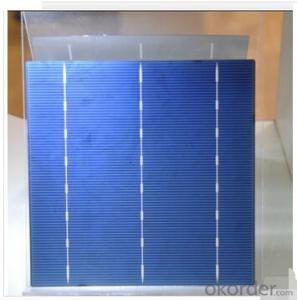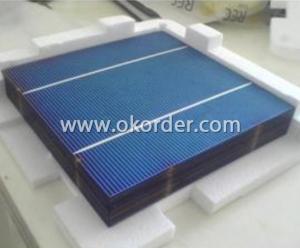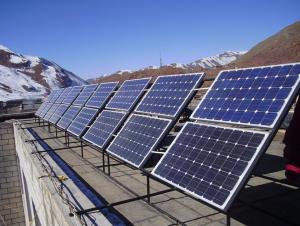High Efficient Organic Solar Cells PV Solar Panel 330Watt 40V for Home System
- Loading Port:
- China Main Port
- Payment Terms:
- TT OR LC
- Min Order Qty:
- -
- Supply Capability:
- 10000000000000 watt/month
OKorder Service Pledge
Quality Product, Order Online Tracking, Timely Delivery
OKorder Financial Service
Credit Rating, Credit Services, Credit Purchasing
You Might Also Like
Quick Details
| Place of Origin: | Guangdong China (Mainland) | Brand Name: | sunshine | Model Number: | sy-280p |
| Material: | Polycrystalline Silicon | Size: | 1960*980*40mm | Number of Cells: | 72PCS |
| Max. Power: | 280W | VOC: | 36V |
Packaging & Delivery
| Packaging Detail: | Crate |
| Delivery Detail: | 30 |
Specifications
1, A grade solar cell
2,Life of 20-35 years
3,Super quality competitve price
4,International Standard
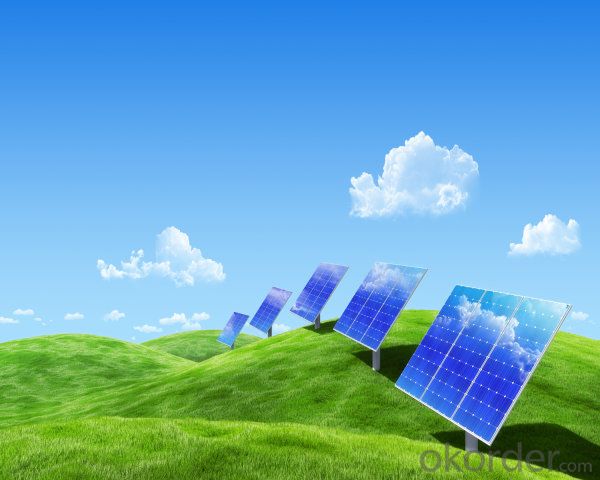
solar panels 280W poly Specification
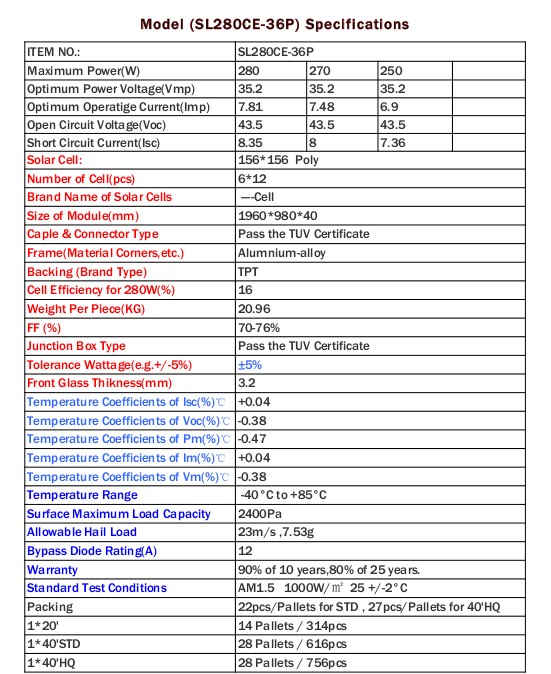
- Q: What is the impact of shadows on solar cell performance?
- Shadows have a negative impact on solar cell performance as they decrease the amount of sunlight reaching the solar panel, therefore reducing the electricity generation. Shadows can create "hot spots" on the cells, leading to higher temperatures and potential damage. It is essential to ensure that solar panels are installed in areas free from shadows to maximize their efficiency and overall performance.
- Q: What is the maximum temperature a solar cell can withstand?
- The maximum temperature a solar cell can typically withstand is around 85 to 90 degrees Celsius (185 to 194 degrees Fahrenheit). However, this can vary depending on the specific materials and design of the solar cell.
- Q: Can solar cells be used for powering electric vehicles charging stations?
- Yes, solar cells can be used for powering electric vehicle charging stations. This is known as solar-powered charging infrastructure, which utilizes solar panels to convert sunlight into electricity, which is then used to charge electric vehicles. This approach provides a sustainable and renewable energy source for EV charging, reducing reliance on non-renewable energy sources and decreasing environmental impact.
- Q: Can solar cells be used for powering water pumps?
- Yes, solar cells can be used for powering water pumps. Solar-powered water pumps utilize the energy from the sun captured by solar cells to generate electricity, which then powers the water pump. This sustainable and environmentally-friendly solution is often used in remote areas where there is no access to electricity grids or where using traditional fuel-powered pumps is costly or impractical.
- Q: Can solar cells be used in commercial buildings?
- Yes, solar cells can be used in commercial buildings. In fact, many commercial buildings worldwide are increasingly incorporating solar panels to generate renewable energy and reduce their reliance on traditional power sources. This not only helps businesses save on electricity costs but also contributes to a more sustainable and environmentally friendly operation.
- Q: What is a solar cell?
- A solar cell, also known as a photovoltaic cell, is a device that converts sunlight directly into electricity using the photovoltaic effect. It consists of a semiconductor material that absorbs photons from sunlight, generating an electric current as a result.
- Q: How much do solar cells cost?
- The cost of solar cells can vary depending on various factors such as the type and size of the solar cell, location, installation costs, and any additional equipment needed. On average, solar cells can range from a few hundred dollars for small, portable units to thousands of dollars for larger, more efficient panels. It is important to consider the long-term savings and benefits of solar energy when evaluating the cost.
- Q: What is the role of tracking systems in solar cell installations?
- The role of tracking systems in solar cell installations is to optimize the efficiency and output of the solar panels by adjusting their position and angle throughout the day to track the movement of the sun. This allows the panels to capture the maximum amount of sunlight and generate more electricity, increasing the overall performance and effectiveness of the solar cell installation.
- Q: What are the safety considerations for installing solar cells?
- Some safety considerations for installing solar cells include proper handling of the panels to avoid damage or injury, ensuring that electrical connections are correctly installed to prevent electrical hazards, and complying with local building codes and regulations. Additionally, it is essential to work with a qualified installer or electrician who is trained in solar installations to minimize any potential risks.
- Q: Can solar cells be used in extreme climates?
- Yes, solar cells can be used in extreme climates. Solar panels are designed to withstand a wide range of weather conditions, including extreme heat, cold, humidity, and even harsh environments like deserts or arctic regions. However, the performance of solar cells might be affected by extreme temperatures or limited sunlight in certain climates, so proper planning and adaptation may be required to optimize their efficiency in those conditions.
Send your message to us
High Efficient Organic Solar Cells PV Solar Panel 330Watt 40V for Home System
- Loading Port:
- China Main Port
- Payment Terms:
- TT OR LC
- Min Order Qty:
- -
- Supply Capability:
- 10000000000000 watt/month
OKorder Service Pledge
Quality Product, Order Online Tracking, Timely Delivery
OKorder Financial Service
Credit Rating, Credit Services, Credit Purchasing
Similar products
Hot products
Hot Searches
Related keywords
